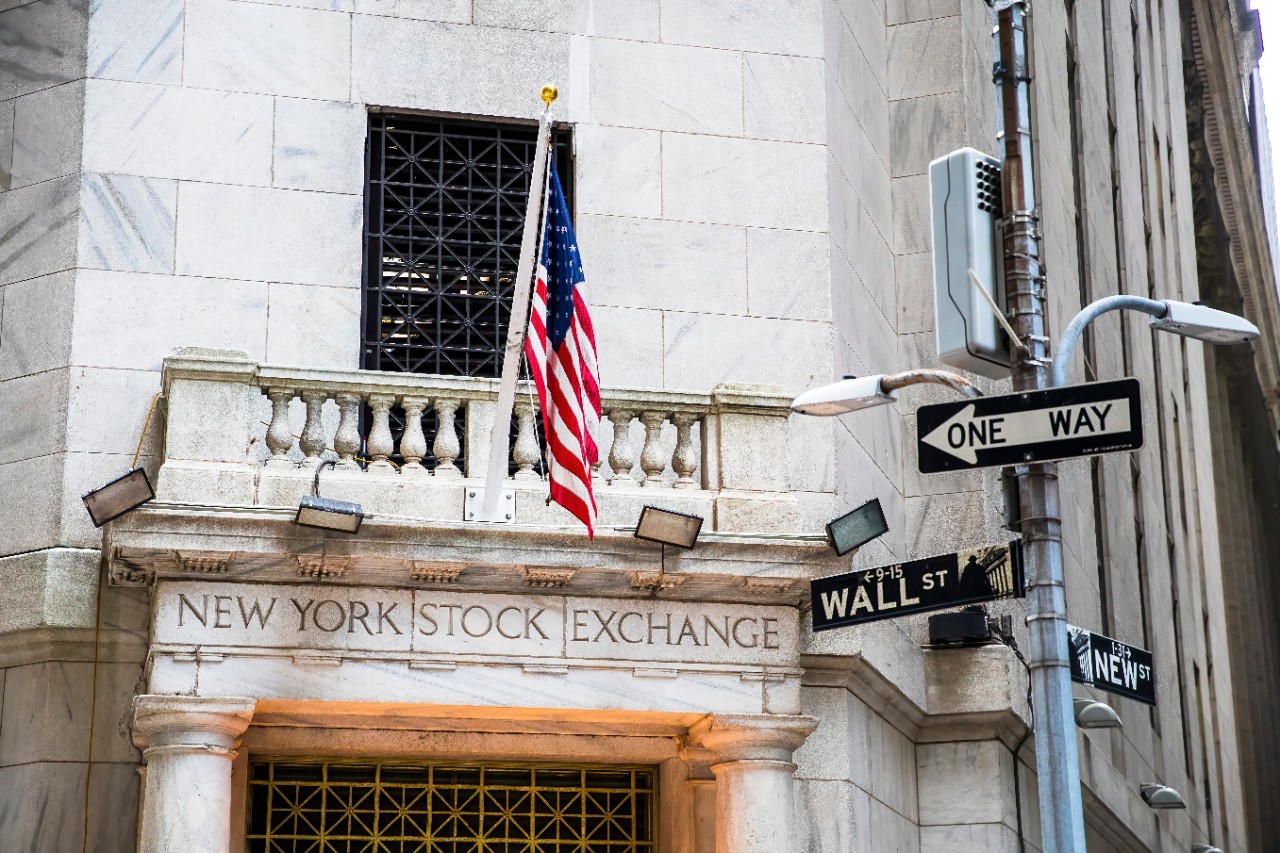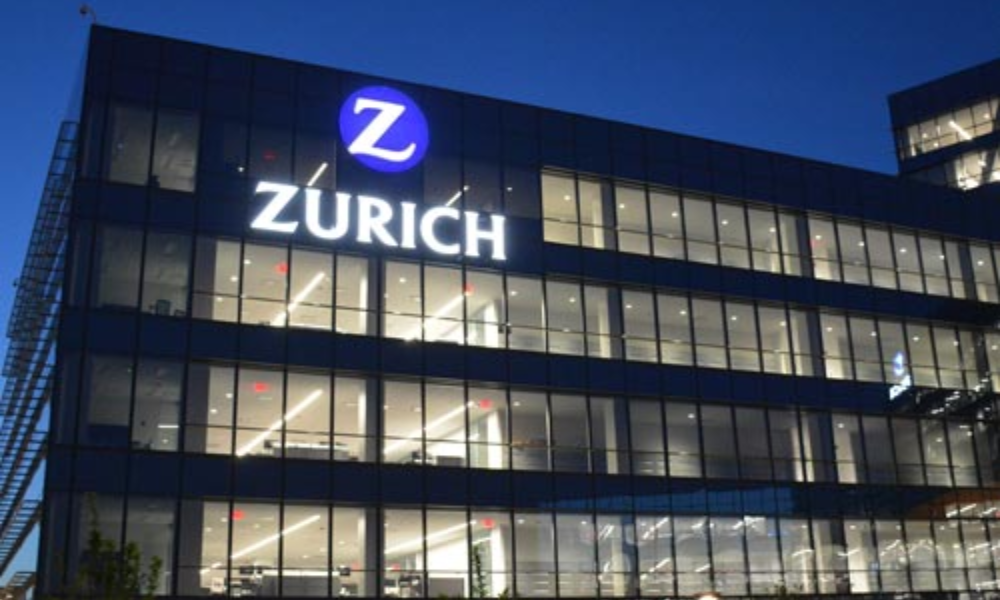Vietnam ranks third in ASEAN for AI readiness but still faces gaps in data, infrastructure, and talent. What should ACCA do to help countries like Vietnam keep pace with AI and avoid the AI matrix trap?
| ACCA’s global president Ayla Majid |
Vietnam is a rapidly growing country that holds significant importance from a global perspective. With its impressive growth rate of around 8 per cent, now moving towards double digits, and its strong adoption of AI, Vietnam is clearly ahead of many nations in the region.
However, when adopting any form of technology, it is essential to ensure that the human element remains central. While AI continues to advance and brings undeniable benefits, enhancing reliability, efficiency, and saving time for professionals, it cannot replace human judgment. Human scepticism, ethical standards, and efforts to eliminate bias in datasets remain indispensable.
Through its latest curriculum, ACCA has integrated AI adoption and developed new skill sets that balance technological proficiency with ethical awareness. AI is now an essential component of professional practice across all sectors.
In Vietnam, ACCA has established strong partnerships with various institutions, most notably the State Audit Office of Vietnam (SAV).
Since the beginning of their collaboration in 2009, ACCA and SAV have worked closely to advance auditing processes through the responsible and transparent adoption of AI. This partnership aims to strengthen trust, uphold transparency, and foster innovation within Vietnam’s auditing and financial sectors.
How does ACCA see the auditor’s role evolving by 2030, especially in auditing AI systems, and what steps is it taking to prepare members for this?
ACCA most certainly has a clear roadmap for the integration of AI into its operations and professional framework. AI now plays a central role, not only in how ACCA collaborates with stakeholders around the world, but also in how the organisation operates internally.
Reflecting this commitment, ACCA launched its new qualification programme in June this year, which embeds AI adoption and digital innovation at its core.
This evolution is ongoing. ACCA continues to advance and innovate, ensuring that AI is effectively integrated into its learning, assessment, and professional development processes. There is no option but to seize this opportunity, as AI represents a transformative force that can enhance both efficiency and the public good.
With new areas like sustainability reporting, digital assurance, and data analytics emerging, what skills and mindsets should future ACCA members develop to lead the profession into 2030?
First and foremost, what matters most is having the right mindset: a readiness to change and a commitment to continuous learning. Equally important is the willingness to collaborate and co-create solutions with stakeholders.
The way we work today has evolved dramatically, from how businesses operate to how financial reporting and auditing are conducted. Each of these areas now rests firmly on a technological foundation.
While professional accountants may not necessarily be data coders, they can and should collaborate closely with technology partners. The advent of AI has made this collaboration faster, more efficient, and far easier to implement. Collaboration, therefore, remains absolutely fundamental.
It is true that AI has taken over some tasks traditionally performed by humans, but this should not be viewed as a threat. Rather, it presents an opportunity for professionals to upskill, learn new competencies, and move into more strategic, higher-value roles. Continuous learning, in this sense, becomes an essential part of professional growth.
Technology has also enhanced transparency, particularly in assurance and auditing. For instance, auditors are no longer limited to sample data sets; with the power and speed of technology, it is now possible to audit entire data populations, which provides deeper insights.
From a global view, how can ACCA Vietnam contribute to global accountancy, particularly in transparency, innovation, and sustainable finance?
When meeting stakeholders in Vietnam, I see an absolute clarity of vision. The country is nurturing a pool of talented professionals capable of addressing its own 2030 and 2040 development goals as well as the broader financial and professional needs of the world.
In today’s interconnected environment, physical borders no longer limit collaboration. Virtual working has enabled professionals to engage and contribute across jurisdictions, making knowledge sharing more vital than ever.
Vietnam, in particular, is evolving rapidly to adopt global best practices in technology integration, AI, and sustainability reporting. While the government has taken the lead, the private sector is also accelerating its efforts, recognising that Vietnam’s economy is deeply embedded in international trade networks.
 |
ACCA and SAV explore AI’s role in modernising public auditing
The Association of Chartered Certified Accountants and the State Audit Office of Vietnam convened a high-level forum in Hanoi to explore how AI can enhance public auditing and financial governance. |
 |
SAV and ACCA lead discussion on building trustworthy AI in auditing
As digital transformation continues to reshape industries across the globe, AI has emerged as a powerful driver of innovation and efficiency in governance, particularly within accounting, auditing, and the public sector. |
 |
ACCA builds new generation of financial leaders in Vietnam
The Association of Chartered Certified Accountants (ACCA) celebrated its New Member Ceremony on October 13 and 14 in Hanoi and Ho Chi Minh City, highlighting the theme “Legacy of Leadership”. |




